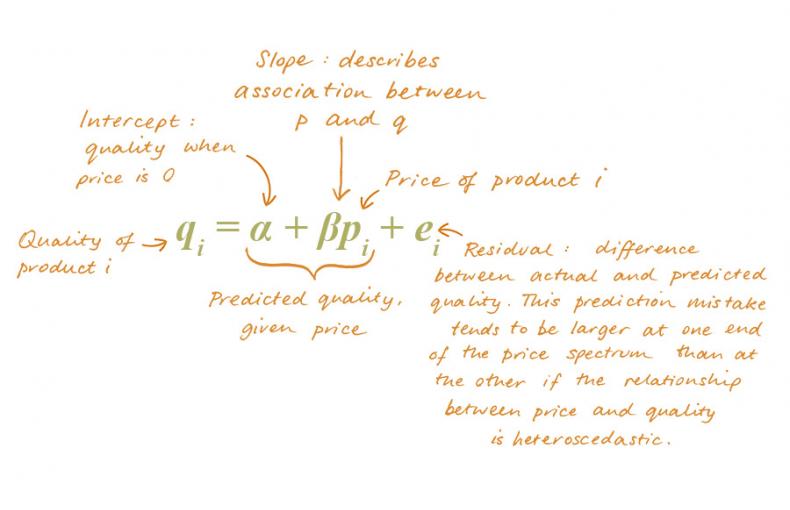
Are You Shopping Irrationally?
What are the mental connections we’re making between various expenses, and how can understanding them help us make better decisions?
Are You Shopping Irrationally?How consumers can use price as an indicator of quality
Judging the quality of an unopened bottle of wine can be hard, so many people simply assume that expensive wines are superior to inexpensive ones. But this assumption works better for some products than others, according to Chicago Booth’s Ann L. McGill and her co-researchers.
A product’s quality can vary more at one end of a price spectrum than at the other—and so can the mistakes consumers make when using price as a stand-in for quality. This variation is known as heteroscedasticity. For example, cheap soap is usually low quality, but the quality of higher-priced soap is less predictable. The opposite is true for wine: expensive wine is usually high quality, and the quality varies more when the price falls. The takeaway: a $500 bottle is likely good, but don’t overlook bargains in the discount bin.


What are the mental connections we’re making between various expenses, and how can understanding them help us make better decisions?
Are You Shopping Irrationally?
Social media has changed the calculus of exit versus voice.
Chick-fil-A and the Rise of Activist Capitalism
Examining the deal’s potential significance for Grubhub, Blue Apron, Postmates, and others.
How the Amazon and Whole Foods Merger Will Impact Other BusinessesYour Privacy
We want to demonstrate our commitment to your privacy. Please review Chicago Booth's privacy notice, which provides information explaining how and why we collect particular information when you visit our website.